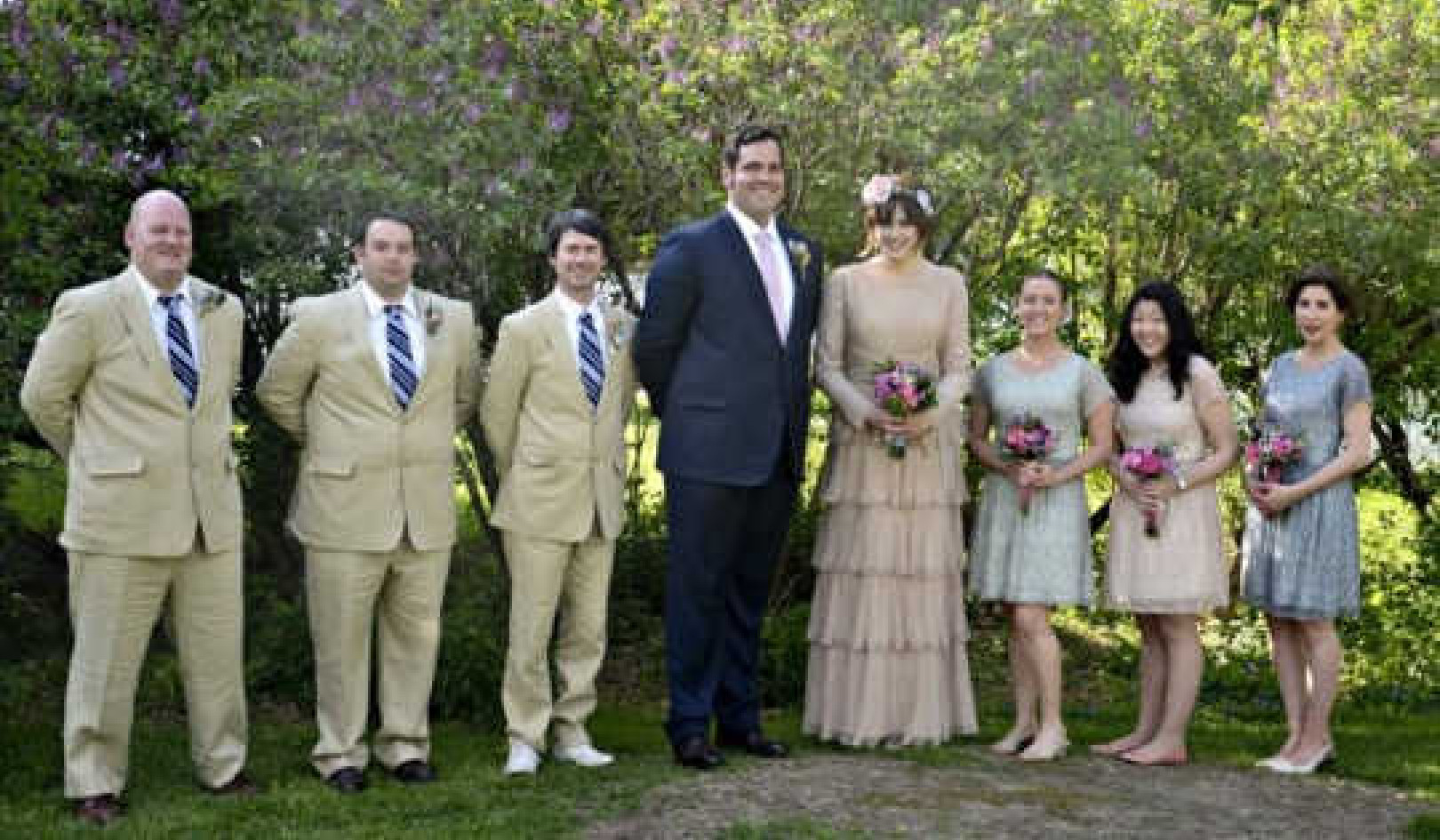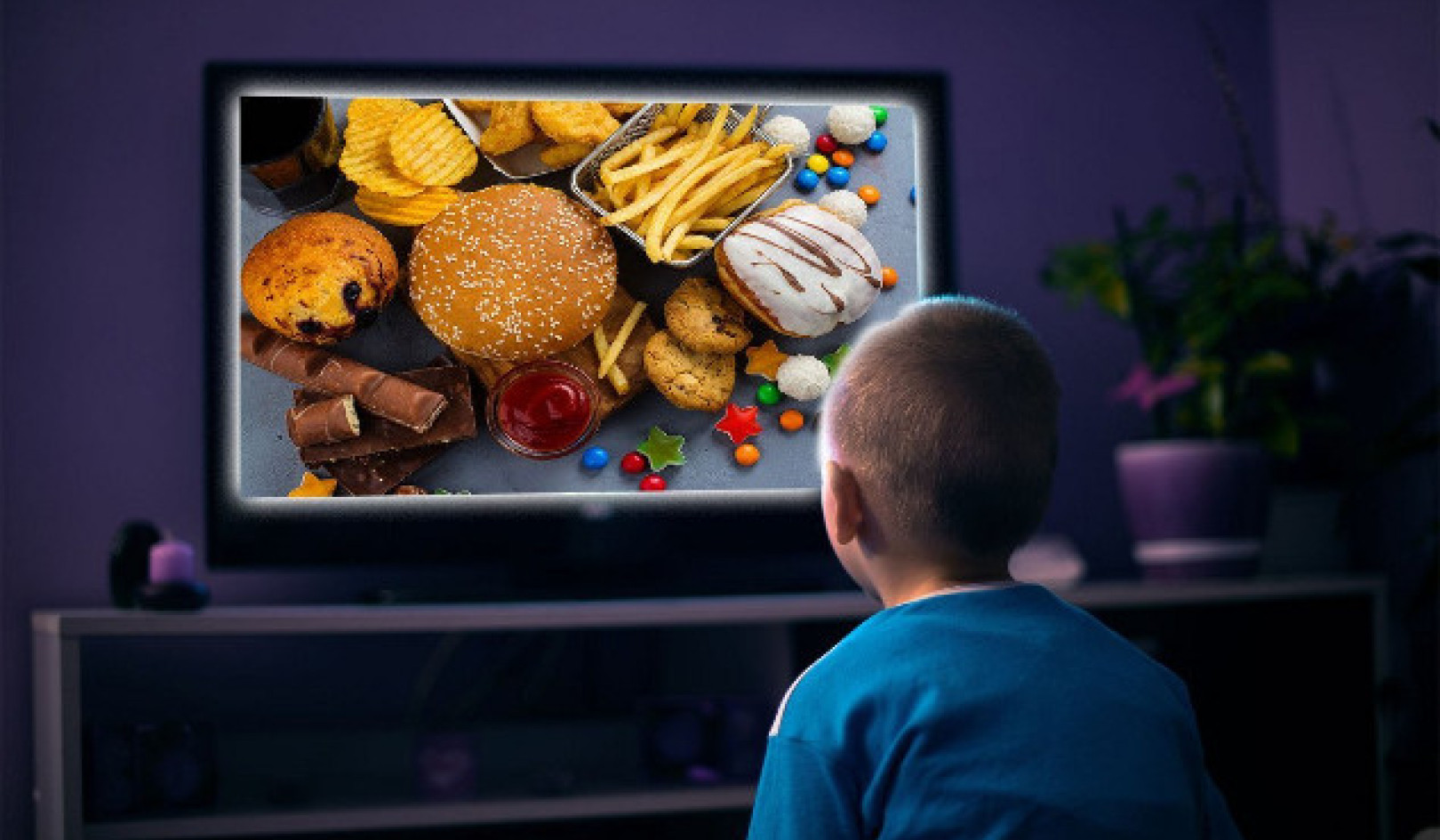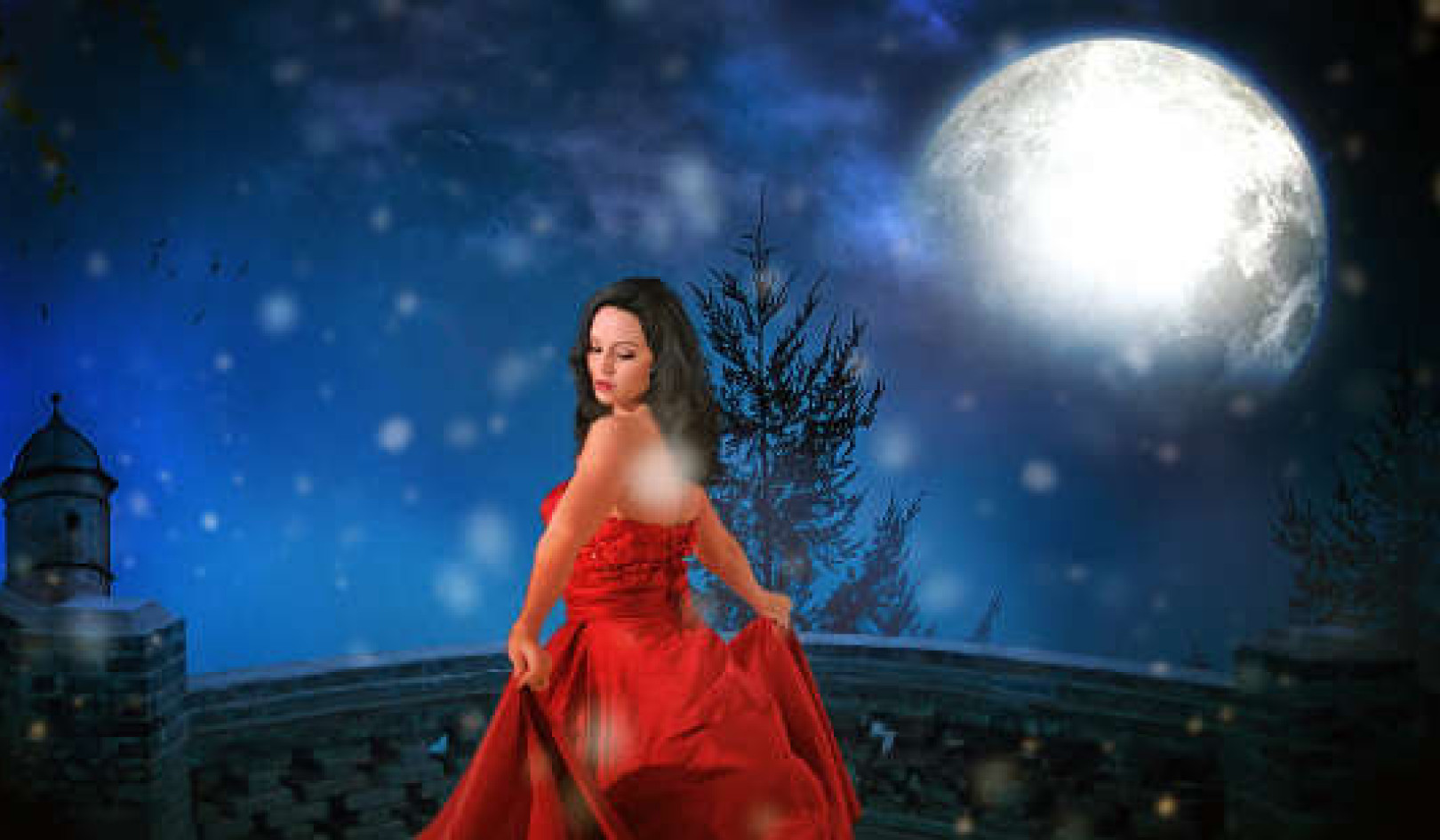Many people are willing and even longing to believe in the existence of fairies. The Little People are so bound up with happy memories of childhood that they are recalled with delight as part of a less materialistic world. But, to most of us, they stand as a lost illusion. Not so with everyone, fortunately. For I, amongst others, have seen all kinds of fairies for as long as I can remember, and I still see them daily. By seeing I mean that they are as much outside me as trees, and are seen just as objectively.
In the following pages, I propose to make these delightful beings as much a reality for you as I can. It is best that I try at the outset to make it clear why I have some special advantages for this enterprise. For one thing, having been born in the East, I have never been discouraged in my observations of fairies, because there are many people there who do see -- and very many more who believe in -- fairies. For this and other reasons, the not uncommon power among children to see them has in me persisted.
Then, I have had the good fortune to fall, in this life, among family and friends who included several who could also see; and travel has enlarged the list. Therefore, what I have here set down is not the imagination of an isolated child. It is information gathered from many contacts and conversations with fairies all over the world in circumstances perfectly natural, however unusual. One can communicate with these beings in just as definite a manner as we human beings talk to one another -- more so, for though the method (which I shall describe shortly) is slightly different, it is more rapid than speech, and, in some ways at least, it is a more accurate exchange.
It is important to mention these things, for once we see the world from the fairy point of view, we get a glimpse of a new universe. So many things that matter very much to us do not seem to matter at all to them. Life and death, for instance, are things that they know all about; to them there is no uncertainty and no tragedy involved. Human beings so often shrink from life and fear death. Fairies actually see the flow of life through all things. We live in a world of form without understanding the life force beneath the forms. To us the loss of the form means the end of the life, but fairies are never deceived in this way. They have a penetrating and powerful lesson for us.
Why do most people not see fairies?
Why do most people not see fairies? They live in the same world as we do, but their bodies are less dense than ours, though only slightly less dense than a tenuous gas. I feel sure that the veil between them and us is exceedingly thin -- so thin that nearly anyone could penetrate it with a little effort along the right line. The difficulty is to indicate this line and especially to get others to comprehend it. Most certainly, one strong reason for our not seeing them is due to a difference in point of view. If, therefore, what I write here can help to change points of view toward the fairy world, it will help to make more and more people able to see them.
That, of course, is not all. A special sense must be awakened in people if they are to see fairies. The kind of world fairies live in does not affect our ordinary senses directly. They cannot be touched or felt, yet they can certainly be seen. In fact, ordinary sight is a help in seeing them, but that sense by itself is a little too coarse to catch the light they give off. However, everyone has latent in them a sense finer than sight, and a number of people -- a surprisingly large number -- have activated it. It is this higher sense perception which is employed in watching the antics of the fairy world. After all, everyone has a wide range of sensory equipment. Touch reveals solids, taste tells us about liquids, and the sense of smell reports on gases. Sight is still more subtle, and the series does not end there. There is a force of special seeing called clairvoyance -- clear seeing.
The fact is that there is a real physical basis for clairvoyance, and the faculty is not especially mysterious. The power centers in that tiny organ in the brain called the pituitary gland. The kind of vibrations involved are so subtle that no physical opening in the skin is needed to convey them to the pituitary body, but there is a special spot of sensitiveness just between the eyes above the root of the nose which acts as the external opening for the gland within. It feels as if one were looking from that spot on the forehead, just as it feels in ordinary sight as if one were looking with one's eyes, although we all know we are only looking through them. Perception through that sensitive spot differs from perception through the conventional sense organs in one way: within there is no nervous structure of the ordinary physical sort. But the perception works just as I have said, nevertheless. When it is necessary to look into that finer world in which the fairies and similar kinds of living beings exist, it is only necessary to concentrate for a moment along that line of sight, and the sense responds much as if the eyes (but in this case a single eye) has opened.
I am told (for I do not pretend to be very well informed about biology) that there was once, in primitive animals ancestral to humans, a connection for the pituitary body to the skin and an outer opening for it. The present pituitary body is supposed to be an atrophied remnant from those days. But doctors know that the gland is far from being a useless remnant, for it secretes from both parts of itself some of those bodies which are an invisible part of the blood stream and have such a powerful influence on growth and other functions. So the pituitary gland is certainly very much alive and important in human beings. And it certainly has this use for receiving very fine vibrations from a world of things which are subtler than anything we know.
I wish I could make it still clearer, but perhaps that is the best one can do. Maybe in a way it is just as well that this sense is not so readily at hand that people could force it to work. For any such violent effort to move nature ahead of her own time is in many cases fraught with danger. People sometimes try to press themselves forward into a clairvoyant state by using their will, taking drugs, or engaging in other practices. However, if its development is unnatural, clairvoyance is not usually safe. But this does not make it less real than in cases where the power occurs in a perfectly normal way.
Can adults still learn to see fairies?
The question will be asked why more people cannot see fairies. I suppose part of the answer is that almost nobody tries after they are grown UP, or even in childhood for that matter, and the rest of the answer is that the few who know that fairies exist do not always try to see them in the right way.
As far as I am concerned I can see fairies. I can see them with my eyes shut, but I do not close my eyes ordinarily, as it is for one thing unnecessary, and for another, when clairvoyant sight has brought fairies into range, ordinary sight helps very much to observe details. And many fairies are so nearly perceptible by ordinary sight that it is much easier to study them with that. Just what sort of light they give off or reflect (for they are themselves luminous) I do not know, for I am not a physicist, and even if I were, where are the instruments with which to study anything so subtle?
A scientific friend suggested looking at fairies with and without some borrowed spectacles, by way of making some sort of test about the kind of light that is involved. I did so and found that the fairies looked different through the spectacles, just as trees look different. But perhaps the distortion is due to the effect upon one's ordinary sight. Again, fairies seem not so visible through ordinary window glass, but the same difficulty arises here as before: is it the dimming of light to ordinary eyes that is affected?
I was only one of many children who have known of fairies from the very earliest years, but in my case -- owing to my good fortune and perhaps special advantages -- this knowledge has not only persisted but widened. The reader may know of cases like this; I also have met many children who see and many more adults who still remember the days when they had this power. But not many have the courage to own up to their faculties, for often they are afraid of being thought peculiar. The very way so many parents treat children puts them on the defensive in the matter. Being spanked for "telling lies" is no encouragement to pursue the subject further. It makes the child ashamed of a lovely experience.
Furthermore, we must remember that the whole business of seeing fairies is a delicate operation at best. The power to see requires conditions of quiet and peace; and then, fairies are themselves quite as shy as wild creatures and have to be tamed and attracted. Altogether, even under the best circumstances, especially around cities, the undertaking is not easy for the inexperienced. Add to this the ignorant hostility of the majority and, what is more, a fixed belief that only the dense material is real, and one can begin to appreciate the problem faced by the seeing child. Fortunately, more and more parents are becoming aware of nurturing creative abilities and higher sense perceptions in their children.
In childhood, the relationship between the two kingdoms is closer than at any other time of life. This is because children are closer by nature to fairies than any other human beings. They are naturally happy and spontaneous in action; they fit well into nature; they are also somewhat irresponsible, with few worries about food and clothing; and they have a remarkable capacity for finding delight, fascination, and creative joy in little things like a pebble or a shell or an empty box. They also take an intense interest in young and growing things, are boundlessly curious about everything within range, have no consciousness of conventional traditions of behavior or moralities, and love adventure, dressing up, and tales of mystery and imagination. In all these ways children are close to the fairies in character. This is why in childhood the gates are so often open, and the human and fairy worlds are so completely one.
Even though fairies have been supplanted in children's imaginations by more modern fancies, like creatures from outer space, they remain a deep, instinctive need of humanity. This yearning for their friendship and for the mere knowledge that they exist has its root in the fact that the fairies are there, silent and unseen to most people, yet close at hand -- as it were, with elfin hands on the thin shell between the two worlds. The clear bell notes of their music can almost be heard. The gaiety and beauty which they embody presses in upon us from every bit of parkland, of wood, of garden. The sky and sea are joyous thresholds into their worlds. On every side there are fairies, and therefore on every side loveliness and happiness.
If adults could but recapture the simplicity and directness of children even in some small degree, they too would recover the lost land of happiness that is the kingdom of the Little People, for the fairies would delight in becoming their simple friends, always to be depended upon, always kind.
Article Source:
 The Real World of Fairies: A First Person Account
The Real World of Fairies: A First Person Account
by Dora van Gelder Kunz and Caitlin Matthews.
A Quest Book, published by the Theosophical Publishing House. www.theosophical.org
Click here for more info and/or to order this book
About The Author
 Dora Van Gelder-Kunz was born in 1904 with clairvoyant faculties, further trained during her association with C. W. Leadbeater. She has been associated for many years with new techniques in healing, including developing Therapeutic Touch with Dr. Dolores Krieger. Former president of The Theosophical Society in America, she is author of The Chakras and the Human Energy Fields (with Dr. Shafica Karagulla), The Personal Aura, and the anthology Spiritual Healing. (deceased 1999)
Dora Van Gelder-Kunz was born in 1904 with clairvoyant faculties, further trained during her association with C. W. Leadbeater. She has been associated for many years with new techniques in healing, including developing Therapeutic Touch with Dr. Dolores Krieger. Former president of The Theosophical Society in America, she is author of The Chakras and the Human Energy Fields (with Dr. Shafica Karagulla), The Personal Aura, and the anthology Spiritual Healing. (deceased 1999)























